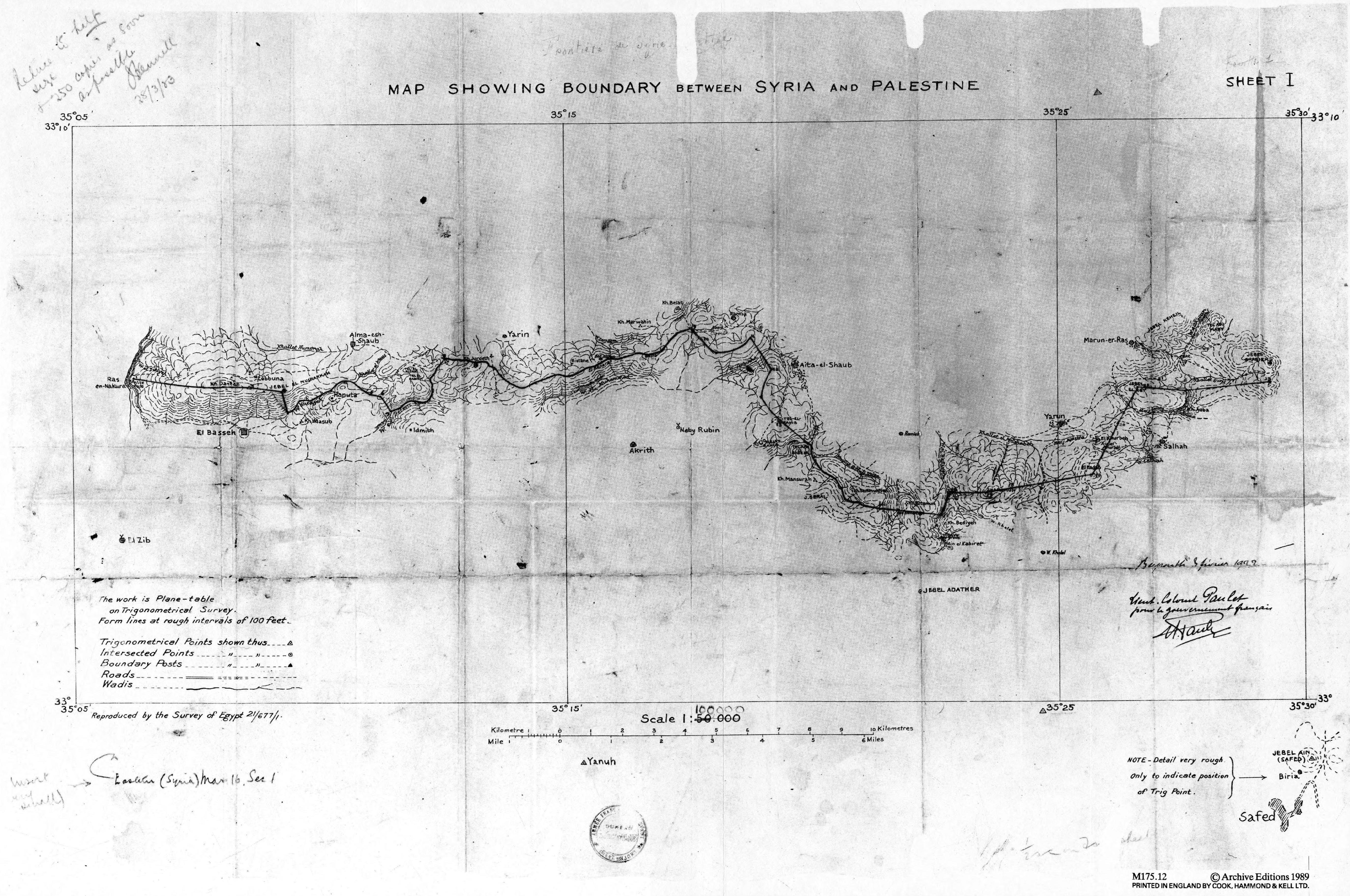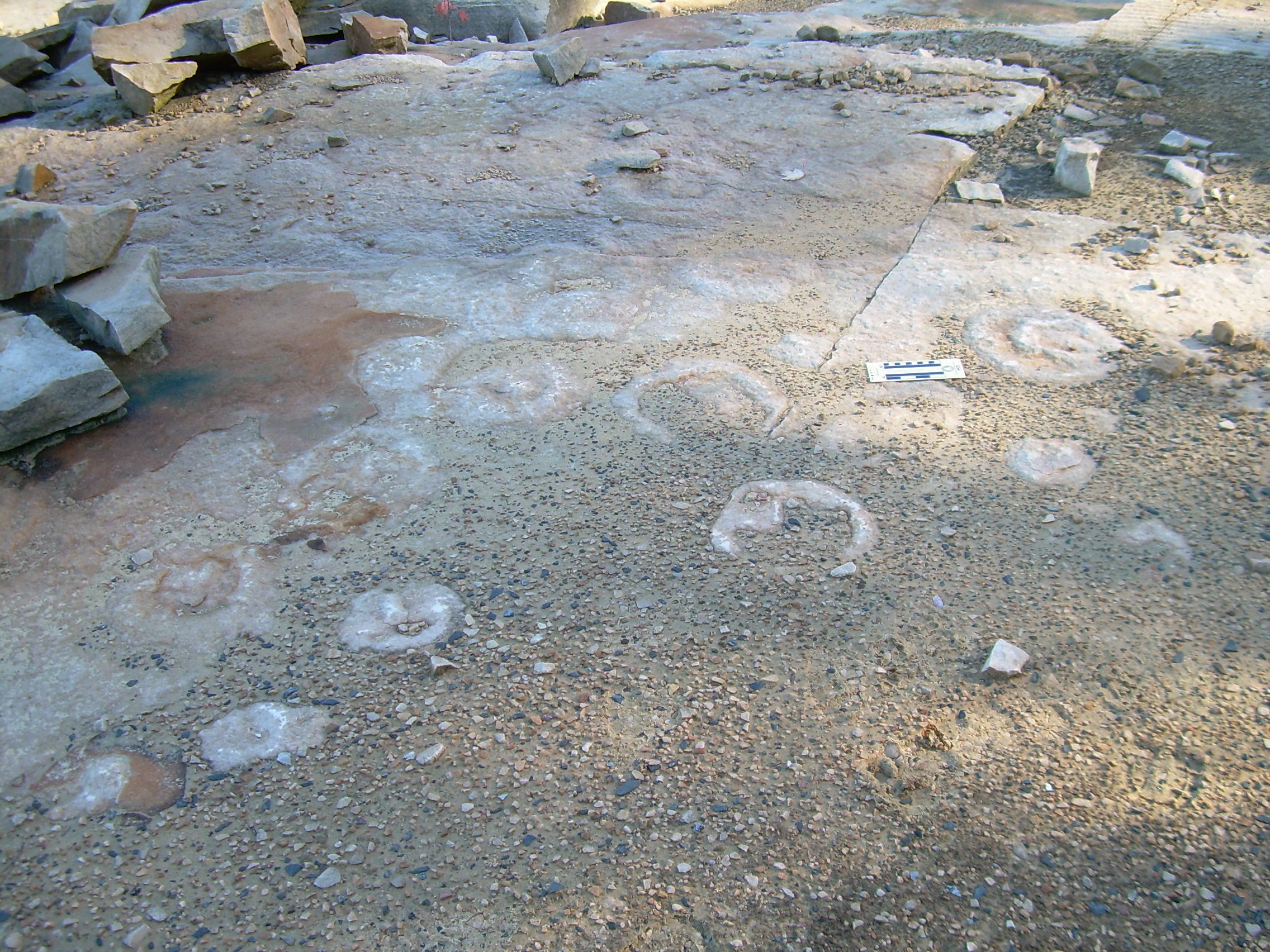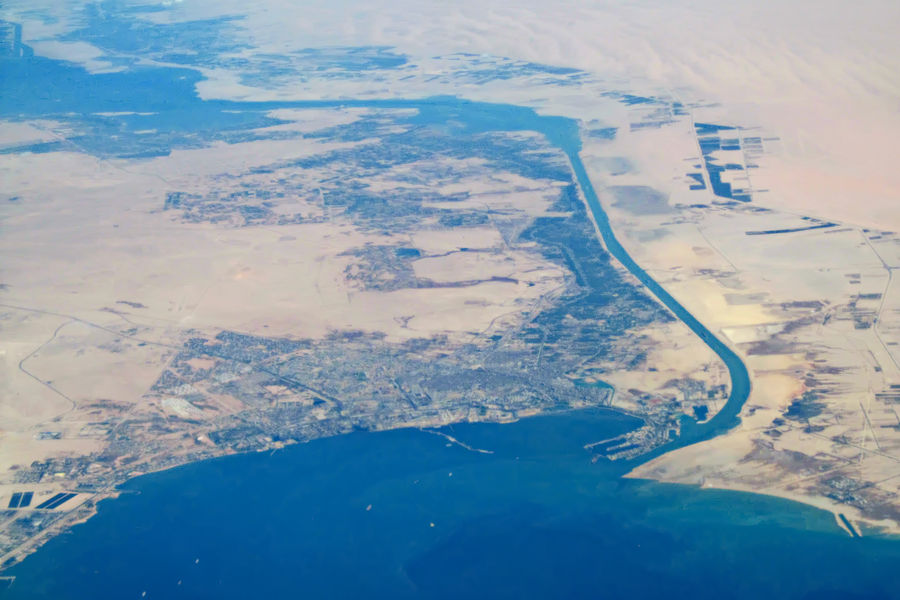|
Marivagia
''Marivagia'' is a monotypic genus of jellyfish, containing only the species, ''Marivagia stellata'', that was first described in 2010 following the discovery of several specimens on the Mediterranean coast of Israel. Etymology The genus name, ''Marivagia'', is derived from the Latin 'mari' (sea) and 'vagus' (wanderer), while the species name is from the Latin 'stella' (star) for the dots and star-burst like pattern on the exumbrella. Identification The earliest specimen of ''Marivagia stellata'' was collected off the coast of Tel Shikmona, at the southern entrance to the port city of Haifa, in 2006. It was photographed, preserved and then sent for identification in Australia, but was lost en route. A larger specimen was collected at nearby Bat Galim on June 29, 2010, while a smaller one was found at Beit Yanai on July 7. Photographs taken in June 2010 off Rosh Hanikra, on the Israeli-Lebanese border, documented live specimens. Characteristics Star-shaped and with a diameter ... [...More Info...] [...Related Items...] OR: [Wikipedia] [Google] [Baidu] |
Monotypic
In biology, a monotypic taxon is a taxonomic group (taxon) that contains only one immediately subordinate taxon. A monotypic species is one that does not include subspecies or smaller, infraspecific taxa. In the case of genera, the term "unispecific" or "monospecific" is sometimes preferred. In botanical nomenclature, a monotypic genus is a genus in the special case where a genus and a single species are simultaneously described. In contrast, an oligotypic taxon contains more than one but only a very few subordinate taxa. Examples Just as the term ''monotypic'' is used to describe a taxon including only one subdivision, the contained taxon can also be referred to as monotypic within the higher-level taxon, e.g. a genus monotypic within a family. Some examples of monotypic groups are: Plants * In the order Amborellales, there is only one family, Amborellaceae and there is only one genus, '' Amborella'', and in this genus there is only one species, namely ''Amborella trichopoda.' ... [...More Info...] [...Related Items...] OR: [Wikipedia] [Google] [Baidu] |
Rosh HaNikra Grottoes
Rosh HaNikra or Hanikra ( he, ראש הנקרה, "Head of the Grotto"; ar, رأس الناقورة, Ras an-Nakura) is a geologic formation on the border between Israel and Lebanon, located on the coast of the Mediterranean Sea, in the Western Galilee. It is a white chalk cliff face which opens up into spectacular grottos. The Rosh HaNikra grottoes are cavernous tunnels formed by sea action on the soft chalk rock. The total length of the tunnels is some 200 meters. They branch off in various directions with some interconnecting segments. A tunnel was built by the British for the Haifa-Beirut railroad line, and in 1968 a second one was dug, both connecting the grottoes with each other and allowing access (currently: only exit) along the former route of the British railroad. For many years though, the only access to the grottoes was from the sea and the native swimmers and divers were the only ones capable of visiting. The 400 meters long tunnel dug in 1968 between the grot ... [...More Info...] [...Related Items...] OR: [Wikipedia] [Google] [Baidu] |
Scyphozoan Genera
The Scyphozoa are an exclusively marine class of the phylum Cnidaria, referred to as the true jellyfish (or "true jellies"). The class name Scyphozoa comes from the Greek word ''skyphos'' (), denoting a kind of drinking cup and alluding to the cup shape of the organism. Scyphozoans have existed from the earliest Cambrian to the present. Biology Most species of Scyphozoa have two life-history phases, including the planktonic medusa or polyp form, which is most evident in the warm summer months, and an inconspicuous, but longer-lived, bottom-dwelling polyp, which seasonally gives rise to new medusae. Most of the large, often colorful, and conspicuous jellyfish found in coastal waters throughout the world are Scyphozoa. They typically range from in diameter, but the largest species, ''Cyanea capillata'' can reach across. Scyphomedusae are found throughout the world's oceans, from the surface to great depths; no Scyphozoa occur in freshwater (or on land). As medusae, they eat a ... [...More Info...] [...Related Items...] OR: [Wikipedia] [Google] [Baidu] |
Cepheidae
{{taxonomy disambiguation ...
Cepheidae may refer to: * Cepheidae (jellyfish), a family of jellyfish in the order Rhizostomeae * Cepheidae (mite), a family of mites in the order Sarcoptiformes The Sarcoptiformes are an order of Acari comprising over 15,000 described species in around 230 families. Previously it was divided into two suborders, Oribatida and Astigmatina, but Oribatida has been promoted to an order, and Astigmatina i ... [...More Info...] [...Related Items...] OR: [Wikipedia] [Google] [Baidu] |
Sidon
Sidon ( ; he, צִידוֹן, ''Ṣīḏōn'') known locally as Sayda or Saida ( ar, صيدا ''Ṣaydā''), is the third-largest city in Lebanon. It is located in the South Governorate, of which it is the capital, on the Mediterranean coast. Tyre to the south and Lebanese capital Beirut to the north are both about away. Sidon has a population of about 80,000 within city limits, while its metropolitan area has more than a quarter-million inhabitants. Name The Phoenician name ''Ṣīdūn'' (, ) probably meant "fishery" or "fishing town". It is mentioned in Papyrus Anastasi I as Djedouna. It appears in Biblical Hebrew as ''Ṣīḏōn'' ( he, צִידוֹן) and in Syriac as ''Ṣidon'' (). This was Hellenised as ''Sidṓn'' ( grc-gre, Σιδών), which was Latinised as '. The name appears in Classical Arabic as ''Ṣaydūn'' () and in Modern Arabic as ''Ṣaydā'' (). As a Roman colony, it was notionally refounded and given the formal name ' to honour its impe ... [...More Info...] [...Related Items...] OR: [Wikipedia] [Google] [Baidu] |
Lebanon
Lebanon ( , ar, لُبْنَان, translit=lubnān, ), officially the Republic of Lebanon () or the Lebanese Republic, is a country in Western Asia. It is located between Syria to Lebanon–Syria border, the north and east and Israel to Blue Line (Lebanon), the south, while Cyprus lies to its west across the Mediterranean Sea; its location at the crossroads of the Mediterranean Basin and the Arabs, Arabian hinterland has contributed to History of Lebanon, its rich history and shaped Culture of Lebanon, a cultural identity of demographics of Lebanon#Religious groups, religious diversity. It is part of the Levant region of the Middle East. Lebanon is home to roughly six million people and covers an area of , making it the List of countries and dependencies by area, second smallest country in continental Asia. The official language of the state is Arabic, while French language, French is also formally recognized; the Lebanese Arabic, Lebanese dialect of Arabic is used alongside Mo ... [...More Info...] [...Related Items...] OR: [Wikipedia] [Google] [Baidu] |
Suez Canal
The Suez Canal ( arz, قَنَاةُ ٱلسُّوَيْسِ, ') is an artificial sea-level waterway in Egypt, connecting the Mediterranean Sea to the Red Sea through the Isthmus of Suez and dividing Africa and Asia. The long canal is a popular trade route between Europe and Asia. In 1858, Ferdinand de Lesseps formed the Suez Canal Company for the express purpose of building the canal. Construction of the canal lasted from 1859 to 1869. The canal officially opened on 17 November 1869. It offers vessels a direct route between the North Atlantic and northern Indian oceans via the Mediterranean Sea and the Red Sea, avoiding the South Atlantic and southern Indian oceans and reducing the journey distance from the Arabian Sea to London by approximately , or 10 days at to 8 days at . The canal extends from the northern terminus of Port Said to the southern terminus of Port Tewfik at the city of Suez. In 2021, more than 20,600 vessels traversed the canal (an average of 56 per d ... [...More Info...] [...Related Items...] OR: [Wikipedia] [Google] [Baidu] |
Indian Ocean
The Indian Ocean is the third-largest of the world's five oceanic divisions, covering or ~19.8% of the water on Earth's surface. It is bounded by Asia to the north, Africa to the west and Australia to the east. To the south it is bounded by the Southern Ocean or Antarctica, depending on the definition in use. Along its core, the Indian Ocean has some large marginal or regional seas such as the Arabian Sea, Laccadive Sea, Bay of Bengal, and Andaman Sea. Etymology The Indian Ocean has been known by its present name since at least 1515 when the Latin form ''Oceanus Orientalis Indicus'' ("Indian Eastern Ocean") is attested, named after India, which projects into it. It was earlier known as the ''Eastern Ocean'', a term that was still in use during the mid-18th century (see map), as opposed to the ''Western Ocean'' ( Atlantic) before the Pacific was surmised. Conversely, Chinese explorers in the Indian Ocean during the 15th century called it the Western Oceans. In Anci ... [...More Info...] [...Related Items...] OR: [Wikipedia] [Google] [Baidu] |
Levant
The Levant () is an approximation, approximate historical geography, historical geographical term referring to a large area in the Eastern Mediterranean region of Western Asia. In its narrowest sense, which is in use today in archaeology and other cultural contexts, it is equivalent to a stretch of land bordering the Mediterranean in South-western Asia,Gasiorowski, Mark (2016). ''The Government and Politics of the Middle East and North Africa''. }, ), meaning "the eastern place, where the Sun rises". In the 13th and 14th centuries, the term ''levante'' was used for Italian maritime commerce in the Eastern Mediterranean, including Greece, Anatolia, Syria (region), Syria-Palestine, and Egypt, that is, the lands east of Republic of Venice, Venice. Eventually the term was restricted to the Muslim countries of Syria-Palestine and Egypt. In 1581, England set up the Levant Company to monopolize commerce with the Ottoman Empire. The name ''Levant States'' was used to refer to the Ma ... [...More Info...] [...Related Items...] OR: [Wikipedia] [Google] [Baidu] |
Beit Yanai
Beit Yanai ( he, בֵּית יַנַּאי, lit. ''House of Yanai'') is a moshav in central Israel. Located in the Sharon plain on the shore of the Mediterranean Sea around six kilometres north of Netanya, it falls under the jurisdiction of Hefer Valley Regional Council. In it had a population of . History The moshav was founded in 1933 by Jewish immigrants from Lithuania and Poland, and was named after Alexander Jannaeus (known in Hebrew as Alexander Yanai) the Hasmonean king. There were several Americans among the original settlers. A jetty, built in 1938 for unloading cargo, is located to the north of the moshav. The Altalena was anchored there, and it was used for exporting citrus fruits. It later absorbed more immigrants from South Africa South Africa, officially the Republic of South Africa (RSA), is the southernmost country in Africa. It is bounded to the south by of coastline that stretch along the South Atlantic and Indian Oceans; to the north by the neigh ... [...More Info...] [...Related Items...] OR: [Wikipedia] [Google] [Baidu] |
Genus
Genus ( plural genera ) is a taxonomic rank used in the biological classification of living and fossil organisms as well as viruses. In the hierarchy of biological classification, genus comes above species and below family. In binomial nomenclature, the genus name forms the first part of the binomial species name for each species within the genus. :E.g. '' Panthera leo'' (lion) and '' Panthera onca'' (jaguar) are two species within the genus ''Panthera''. ''Panthera'' is a genus within the family Felidae. The composition of a genus is determined by taxonomists. The standards for genus classification are not strictly codified, so different authorities often produce different classifications for genera. There are some general practices used, however, including the idea that a newly defined genus should fulfill these three criteria to be descriptively useful: # monophyly – all descendants of an ancestral taxon are grouped together (i.e. phylogenetic analysis should c ... [...More Info...] [...Related Items...] OR: [Wikipedia] [Google] [Baidu] |
Bat Galim
Bat Galim ( he, בת גלים, ''lit.'' Daughter of the Waves) is a neighborhood of Haifa, Israel, located at the foot of Mount Carmel on the Mediterranean coast. Bat Galim is known for its promenade and sandy beaches. The neighborhood spans from Rambam hospital in the North to the Haifa Cable Cars in the South, and from the Mediterranean Sea's shore line in the West to Bat Galim's train station on the East. History Bat Galim was the first point of Jewish settlement in modern Haifa. The neighborhood was established in the 1920s as a garden suburb of private homes designed by the Bauhaus architect Richard Kauffmann. During the British Mandate, Bat Galim was Haifa's entertainment center. The "Casino," a landmark building on the Bat Galim promenade, housed a cafe patronized by British officers, although it was never used for gambling. It was also the center of water sports in the country, and a swimming pool was built there. File:Bat Galim 1932.jpg, Bat Galim 1932 1:20,000 File ... [...More Info...] [...Related Items...] OR: [Wikipedia] [Google] [Baidu] |





.png)

